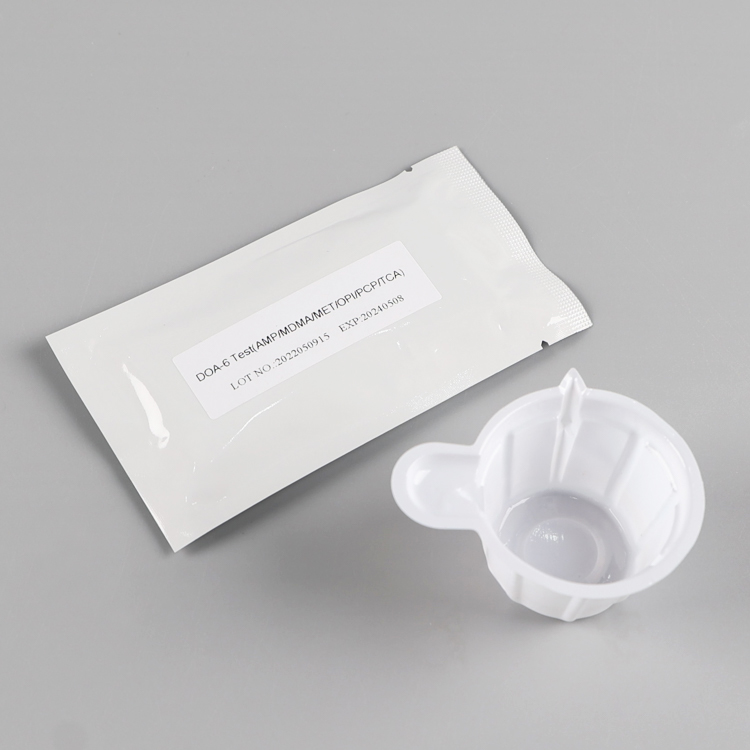Herbicide, English: herbicide, which means an agent that causes weeds to die completely or selectively. Among them, sodium chlorate, borax, citrate, and trichloroacetic acid have a dead effect on any kind of plant, but since these have residual effects, they cannot be applied to fields. Selective herbicides, especially nitrophenol, chlorophenol, and carbamic acid derivatives are mostly effective. The development of herbicides in the world has gradually stabilized, mainly developing high-efficiency, low-toxic, broad-spectrum, low-dose varieties, and disposable treatment agents with little environmental pollution have gradually become mainstream. 1. Classification according to mode of action (1) Selective herbicides: Herbicides have different degrees of resistance to different types of seedlings. This agent can kill weeds and is harmless to seedlings. Such as cover grass energy, trifluralin, chlorpyrifos, simazine, fruit and so on. (2) Herbicides: Herbicides are toxic to all plants, as long as they are in contact with the green part, regardless of seedlings and weeds, they will be killed or killed. It is mainly used before sowing, before emergence, after sowing, and on the main and auxiliary roads of the nursery. Such as glyphosate and so on. 2. Classification according to the movement of herbicides in plants (1) Contact-type herbicide: Please keep the labeling agent in contact with the weeds, only kill the part that comes into contact with the agent, and play a local killing effect, and the plant body can not conduct. It can only kill the aerial parts of weeds, and it is less effective for the underground parts of weeds or perennial deep-rooted weeds with underground stems. Such as herbicide ether, paraquat and so on. (2) Systemic herbicides: After being absorbed by roots or leaves, spores or stems, the agents are transported to the plants to cause the plants to die. Such as glyphosate, chlorpyrifos and so on. (3) Systemic absorption and contact killing herbicides: It has the functions of systemic conduction and contact killing, such as herbicide. 3. Classification according to chemical structure 4, according to the method of use (1) Stem and leaf treatment agent: the herbicide solution is watered and sprayed evenly on the plant with fine mist droplets. The herbicide used in this spraying method is called stem and leaf treatment agent, such as grass, glyphosate, etc. . (2) Soil treatment agent: Spray the herbicide evenly on the soil to form a layer of a certain thickness. When weed species, please keep the young shoots, seedlings and roots of this marker from being contacted and absorbed to kill grass. The action, the herbicide of this kind, called soil treatment agent, such as simazine, chlorpyrifos, trifluralin, etc., can be applied by spraying method, pouring method or poisonous soil method. (3) Stem and leaf, soil treatment agent: can be used for stem and leaf treatment, but also for soil treatment, such as atrazine.
The One Step Multi-Drug Screen Test Dip Card (Urine) Package Insert is a urine-based drug test for multiple drugs of abuse ranging from simple immunoassay tests to complex analytical procedures.
The speed and sensitivity of immunoassays make it the most widely accepted method of urine testing for multiple drugs of abuse.The One Step Multi-Drug Screen Test Dip Card (Urine) is a lateral flow chromatographic immunoassay for the qualitative detection of multiple drugs, drug metabolites and alcohol at the following cut-off concentrations in urine.
drug test kit,home drug test kit,home drug testing kits,drug testing kits,home drug test kits Yong Yue Medical Technology(Kunshan) Co.,Ltd , https://www.yongyuecellculture.com
Herbicides can be classified according to the mode of action, the site of application, the source of the compound, and the like.
(1) Inorganic compound herbicide: a compound composed of a natural mineral raw material and containing no carbon, such as potassium chlorate or copper sulfate. (2) Organic compound herbicide: mainly synthesized from organic compounds such as benzene, alcohol, fatty acid and organic amine. Such as ethers - Gore, s-trinitrobenzene - chlorpyrifos, substituted urea - herbicide No. 1, phenoxyacetic acid - 2 methyl 4-chloro, pyridine - grass, can Alkyl anilines - trifluralin, amides - cables, organophosphorus - glyphosate, phenols - sodium pentachlorophenol. 
